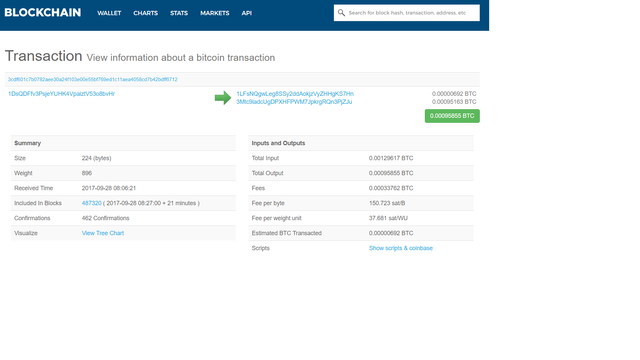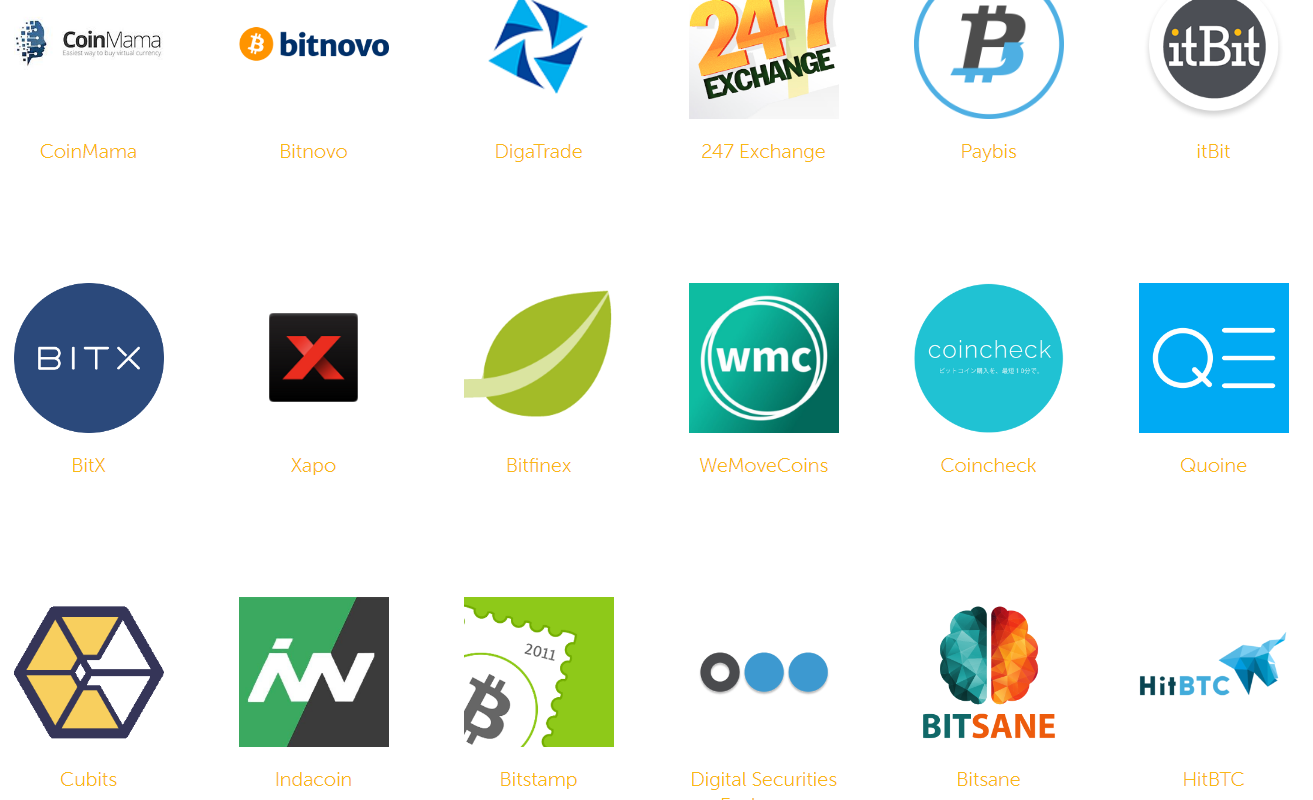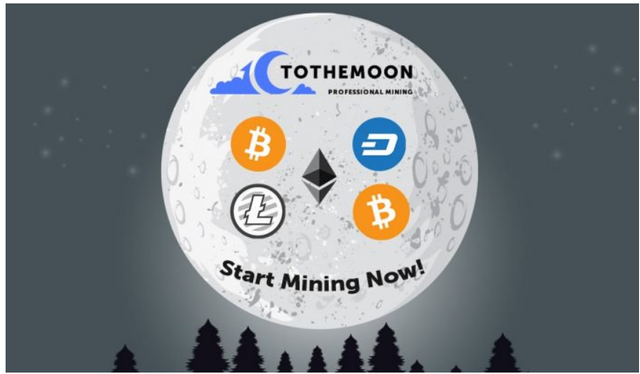Welcome Steemians,
This is a recap of all that you have learned
Topic 1: Cryptocurrencies and Bitcoin
You learned that in centralized monetary systems, such as the U.S. Federal Reserve System, government controls the supply of currency by "printing" units of money, called fiat. Bitcoin on the other hand, is a decentralized cryptocurrency, invented in 2009 by Satoshi Nakamoto. It can be freely transferred between people all over the world, without the control or limitations usually imposed by banks or government authorities. Bitcoin is by far the most popular digital currency and it has tens of thousands of programmers and entrepreneurs around the world developing new services and apps. It is considered safe compared to other digital currencies, has no 3rd parties, is deflationary, and open source.
Topic 2: Essentials of Bitcoin
You learned you can use a wallet to protect and access your money. Bitcoins are stored in a public ledger called the blockchain, and you can buy bitcoins at exchanges and ATMs. Moreover, bitcoin is not printed like regular money. It’s discovered or ’mined’ by a network of computers worldwide. Until bitcoin becomes an established currency for payments globally, it will probably continue to be more popular among traders and price speculators rather than with the general population. As a result, the price is subject to the market forces of supply and demand which, at this point, goes hand in hand with the trends and whims of speculators. As a result, the price can move suddenly and sharply up or down in response to new events.
Topic 3: Bitcoin Exchange Rates
We explored basic facts of the Bitcoin network: the total supply of bitcoin is limited to 21 million coins, which also has an impact on the pricing. For example, in early 2011 one bitcoin was worth less than one USD, but in 2017 one bitcoin is worth more than a thousand USD. In the future, if bitcoin becomes truly popular, each bitcoin will likely be worth hundreds of thousands of dollars to accommodate additional demand. All that is required for bitcoin, or any form of money to stabilize, is trust and adoption. In the case of bitcoin, this can be measured by its growing base of users, merchants, and start-up companies. As with all currencies, bitcoin's value stems directly from people willing to accept them as barter or payment.

Topic 4: Bitcoin Wallets
We looked at wallets and the wide range of options available. Bitcoin wallets do not store bitcoins, but rather hold secret and public keys used to handle bitcoins, which are stored in the blockchain ledger.
The main types of wallets are:
Software wallets connect to the network and allow you to spend bitcoins in addition to holding the credentials (the keys) that prove ownership. They usually come in the form of desktop or mobile applications downloaded from app stores.
Online wallets offer similar functionality but may be easier to use. In this case, credentials to access the money are stored with the online wallet provider rather than on the user's hardware, and it can be accessed across your devices.
Physical wallets store the credentials offline; which could just be the keys printed on a piece of paper in your pocket, or remembered in your head. One type of physical wallet is the hardware wallet. This is a wallet that is typically used for long-term storage. It is one of the safest wallets because they usually come with encryption keys and may not connect to a computer often, protecting the keys from nefarious entities and hackers. There are many retailers who now sell a variety of hardware wallets at affordable prices.
If you own a lot of bitcoin, it is a good practice to divide them among several different wallets. Never put all your eggs in one basket.
Topic 5: Transactions and the Blockchain
You learned that a bitcoin transaction is a transfer of value over the Bitcoin network, is not encrypted, and can be viewed by anyone using blockchain browsers online. Transactions need to be verified by miners on the Bitcoin network, which are rewarded with bitcoins for doing this work. This is also where and how the bitcoin system creates new bitcoins. The blockchain is a distributed and decentralized database. To achieve independent verification of the chain of ownership of every bitcoin, each network computer stores its own copy of the blockchain.

Topic 6: Buying Bitcoin
You learned that bitcoin is sold and purchased much like other currencies through exchanges, using your credit card, PayPal, or something similar. You also learned that you can exchange bitcoin to other currencies with other people directly, just like you would do with cash.

Topic 7: Using Bitcoin
You learned how there’s over 100,000 merchants out there who accept bitcoin as payment and how to find places where you can spend bitcoin. These include search engines, maps, and dedicated marketplaces. You also learned about the option of signing up for a bitcoin debit card and using bitcoin as payment in just about any store that accepts regular credit cards. We also got into best practices and how not to get ripped-off when spending bitcoin.
Topic 8: Bitcoin Mining
You learned mining is the process of adding and confirming transaction records on the blockchain. This process is also how new bitcoins are created. Lastly, you learned that mining is a resource-intensive process that is mostly completed by specialized mining computers in large data centers.

Topic 9: Bitcoin Exchanges
You learned about bitcoin exchanges and the importance of finding one that suits your needs. You also learned that the ID verification can take a few days, but after completion, buys and sells are usually instant. You also got a few tips on figuring out how secure an exchange is by checking basic things like SSL encryption, two-factor authentication, and the customary Google search.
What’s Next?
I would suggest you get yourself a wallet and start experimenting with all the things you can do with it. Also, you can continue learning about Bitcoin by visiting Bitcoin Knowledge Base.
Here are some of the features:
Installs easily on your favorite devices(s)
Buy, send, and receive bitcoin
Keep track of your transaction history and
Finally, I would like to thank you for taking this course and hope it provided you with useful information.
Best regards,
Mcrainebux
Source: https://www.cuteedge.com/how-about-bitcoinbitcoin-cashethereumdash/
Hi! I am a robot. I just upvoted you! I found similar content that readers might be interested in:
https://www.cuteedge.com/how-about-bitcoinbitcoin-cashethereumdash/
Downvoting a post can decrease pending rewards and make it less visible. Common reasons:
Submit